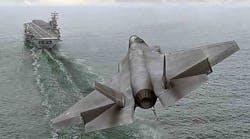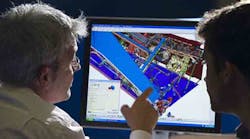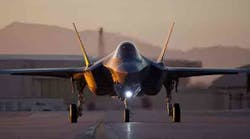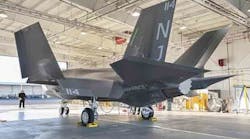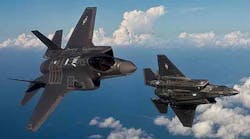The program manager for Lockheed Martin Corporation’s F-35 Lightning II fighter jet program reported that a cost-saving initiative implemented last summer has begun to show results, and further savings may be expected when the next series of jets are authorized for production.
The F-35 Lightning II jet fighter is a stealth-enabled single-engine aircraft now in the initial production and testing phase and due to be introduced this year by the U.S. Marine Corps. The jets will be used by the U.S. Air Force, U.S. Navy, U.S. Marine Corps, and the U.K. Royal Air Force in ground attack, reconnaissance, and air-defense missions.
It is to be available in three variants: the F-35A for conventional takeoff and landing; the F-35B for short takeoff and vertical landing; and the F-35C for carrier-based operations.
The F-35 is considered the most expensive fighter jet system ever built, with a cost reported at up to $98 million per jet last summer. At that time, Lockheed Martin and two of its primary partners, Northrop Grumman and BAE Systems agreed to meet lower-cost targets for the F-35 set by the U.S. Department of Defense. DoD called the initiative “The Blueprint for Affordability.”
Another important program partner, Pratt & Whitney, is due soon to outline cost-saving strategies for the F135 turbofan jet engine it supplies.
According to Lorraine Martin, 58 cost-saving ideas submitted under the Blueprint had been accepted, which represent $49 million worth of new investments in production technologies. A total of 131 ideas have been considered by Lockheed and its partners, and $57 million in further investments are under consideration.
The manufacturing changes include new tools that apply surface coatings; lasers that remove remove excess paint; and cryogenic cutting technologies that promote longer tool life while cutting advanced materials. Such changes have cut the current cost by $260,000 per jet, and those savings are forecast to triple for the next 57 jets (the ninth production lot) which would be a cumulative savings of more than $1 million per jet.
She said Lockheed and its partners are on track to achieve the Blueprint’s overall goal of cutting F-35 production costs by $1.8 billion by 2019, or $10 million per jet.
